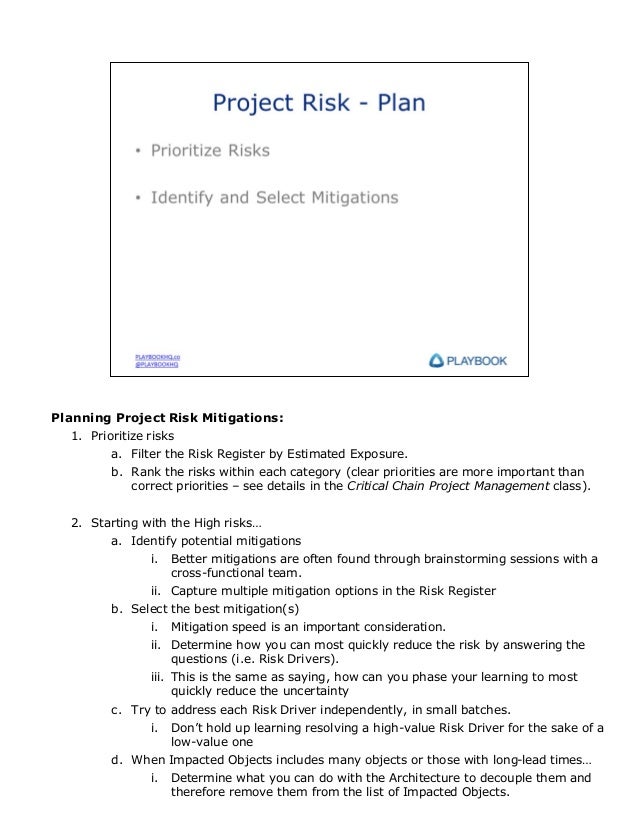
Image source: https://image.slidesharecdn.com/c6-projectrisk-how-131203115134-phpapp01/95/playbook-training-series-project-risk-management-how-in-new-product-development-8-638.jpg?cb=1391775069
-- Emile Coue
"Look ere ye leap."
-- John Heywood
Okay, let's reduce costs and put together a new business model. Let's assume we've got lots of proposed tests to help us do this. Which ones should we choose?
Imagine that you are in the business of taking eco-tourists on whale watching trips. You have been doing lots of thinking about how you can improve your business model. Almost all of your costs are tied up in the boats and crews that take people from the dock to and from the offshore whale-watching areas.
Any number of alternative business models can really slash costs by eliminating the boat and crew. Alternatively, you could put up telescopes on a tall hill near the water, and let people look through them at the whales. You could show videos of whale-watching trips from the past. You could have a naturalist give a brief lecture about whales.
Would people still want to pay $37.00 for those services? Probably not. Yet, a business plan that showed the lower costs of this approach could tempt some to test such a business proposition. As you will probably agree, it won't succeed at that price.
But perhaps a land-based experience would succeed at a lower price, and help stimulate interest in whale-watching trips on the boat among those who aren't sure if they want to try the real thing. In such a way, even what seems like an inappropriate set of ideas can lead to a useful adjustment in your business model.
Whether the ideas you have garnered will succeed or not at lower prices and be financially successful is uncertain. You can see the advantage of business model changes that leave the customer unaffected or enhanced. You then enjoy the benefit of more certainty about how much will be purchased.
On the other hand, some of your price tests may have established that there is substantial demand for smaller bundles of product and service benefits than what you offer now. If that's the case, you definitely should be considering cost-reduction efforts that tie into these individual needs to receive less.
What you need to be cautious about is that in most cases reducing costs also means reducing performance that customers, their customers, and end users notice and care about. In a very few cases, taking costs out is actually an improvement for all like the weight loss an individual obtains from eating foods that help keep blood sugar levels steady. An example of this approach to helpful reductions is to simplify customer billing while retaining the details that customers want to see.
Most cost reduction efforts unintentionally focus on the business models that reduce perceived performance while failing to locate any opportunities that enhance performance. You need to root out those problems if you are to make effective cost-based business model improvements.
Copyright 2008 Donald W. Mitchell, All Rights Reserved